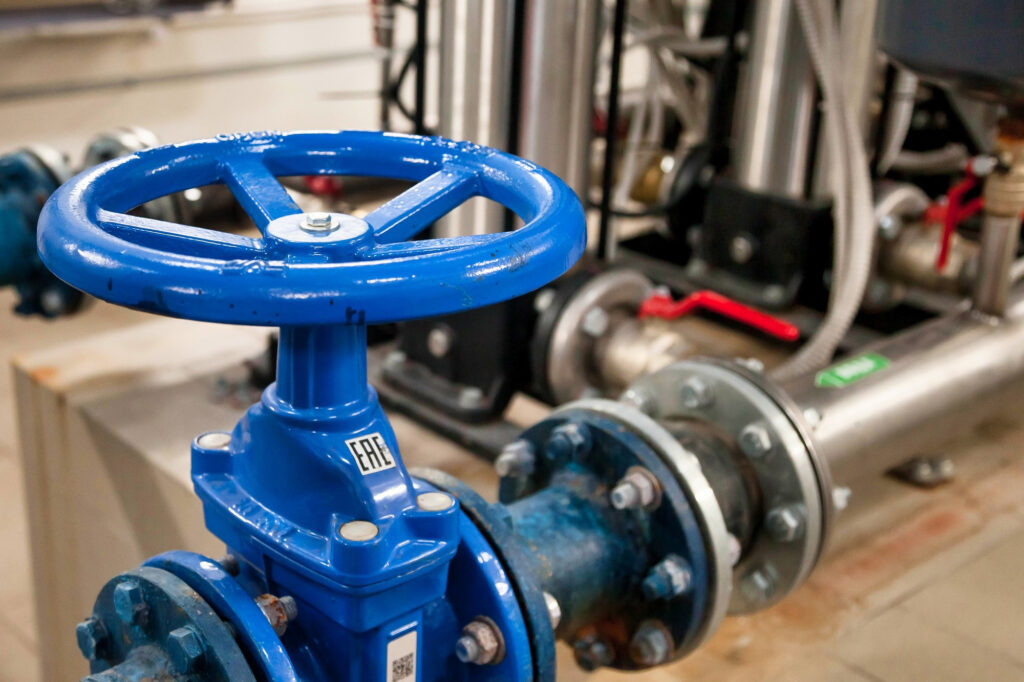In the realm of industrial valves, two prominent players often come into consideration: the butterfly valve and the ball valve. These quarter-turn valves share similarities in function but differ significantly in structure, operation, and application. Understanding these variances is crucial for selecting the right valve for specific industrial needs.
Structure & Operation
Butterfly valves feature a disc that rotates around a central axis, altering the flow of fluid within a pipeline. In contrast, ball valves employ a spherical ball with a hole through its center, controlled by a quarter-turn mechanism. The orientation of the valve components during operation differs between the two. When closed, the disc in a butterfly valve sits perpendicular to the fluid flow, while the hole in a ball valve lies parallel to the direction of flow when fully open.


Size & Weight
Butterfly valves are favored for their lightweight and compact design, making them optimal for large pipe sizes. Conversely, ball valves tend to be heavier and more robust, rendering them suitable for high-pressure applications where durability is paramount.
Flow Control
Ball valves excel in flow control, offering minimal pressure drop when fully open. In contrast, butterfly valves provide moderate flow control but may result in a slight pressure drop when fully open.

Durability & Maintenance
While ball valves boast high durability and require less maintenance, they can be more complex to repair due to their intricate structure. Butterfly valves, on the other hand, are resistant to wear and tear and relatively easy to maintain. However, their rubber seats may degrade over time, necessitating periodic replacement.
Conclusion
When choosing between a butterfly valve and a ball valve, various factors must be considered. Ball valves offer superior sealing and are ideal for applications requiring zero leakage, while butterfly valves are more cost-effective and easier to maintain. Ultimately, the decision hinges on the specific requirements of the industrial process, including fluid medium, pressure, temperature conditions, flow control precision, available space, and budget constraints. By understanding the nuances between these two valve types, engineers and operators can make informed decisions to optimize system performance and reliability.
In conclusion, the distinction between a butterfly valve and a ball valve lies not only in their structure and operation but also in their suitability for diverse industrial applications. While both valves serve the purpose of regulating fluid flow, their unique characteristics make them better suited for different scenarios. Whether it’s the lightweight design of a butterfly valve or the robust sealing of a ball valve, each offers distinct advantages that cater to specific needs within the industrial landscape.


